Please be reminded that this electronic version is not a perfect version due to the changes caused by the KDP software. We reccommend readers buy our print version for accurate presentation of the content.
This book, The Classic Fuxi Bagua Diagram: A Wordless Heavenly Book—One of the Four TCM Classics (《伏羲八卦图经——无字天书 中医四大经典之一》), written in Chinese, is authored by the world-renowned Canadian acupuncturist who has for several decades been nicknamed “Miracle Acupuncturist,” “Miracle Doctor,” “Needle God,” among others, by patients in China, Hungary, Indonesia, South Korea, Hong Kong, among other countries and regions. In the author’s words, Fuxi’s Bagua Diagram, which is a picture without words, may be called a wordless heavenly book, for it represents the great wisdom of the Chinese civilization. The Bagua Diagram has mostly been scattered in ancient and modern books. Wancheng Liu has collected the diagrams from various sources and compiled them into this wordless heavenly book, the first one of its type.
Part 1 of the book is the wordless heavenly book, comprised of diagrams starting with one single stroke, which then develops into the full Bagua Diagram. No words appear in this part, which is thus called the wordless heavenly book.
Part 2 explains Part 1 diagram by diagram, illustrating the meaning of each.
Part 3 of the book discusses the indispensible role the Bagua Diagram plays in the Chinese civilization and culture, from ancient times until today. In particular, this part addresses the significance of the Bagua Diagram in traditional Chinese medicine, especially in acupuncture.
Wancheng Liu holds that the Bagua Diagram is not only the predecessor of The Book of Changes (《易经》), which has been considered up until today by most Chinese as the first book of China, iconology, and mathematics, but also that of traditional Chinese medicine. Liu believes that this new wordless heavenly book can be listed as one of four TCM classics along with The Yellow Emperor’s Inner Canon,(《黄帝内经》), Shennong’s Classic of Materia Medica, (《神农本草经》) and The Classic of Difficult Issues (《难经》) , and it tops them all. According to the author, these four books may form a firm foundation of traditional Chinese medicine. TCM and acupuncture scholars, practitioners, and students would find this publication an invaluable reference.
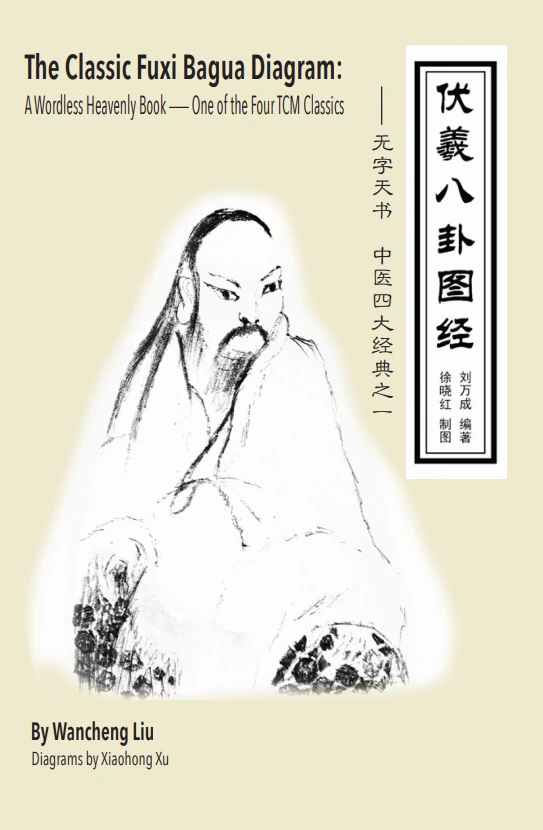
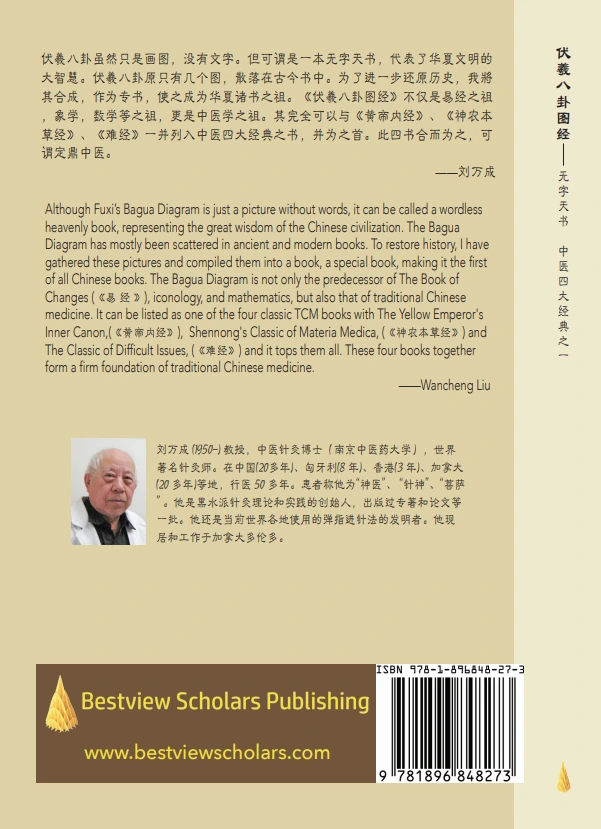
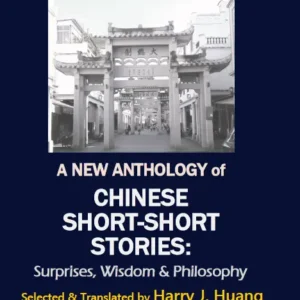
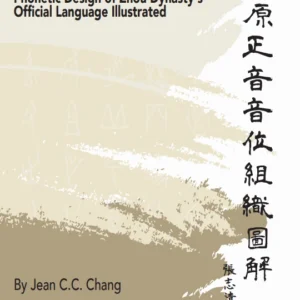
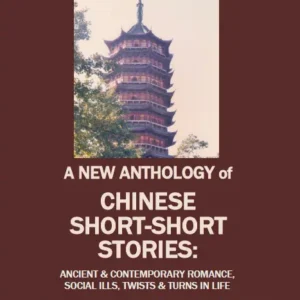
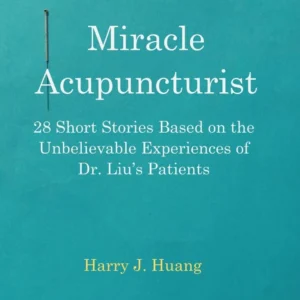
Reviews
There are no reviews yet.